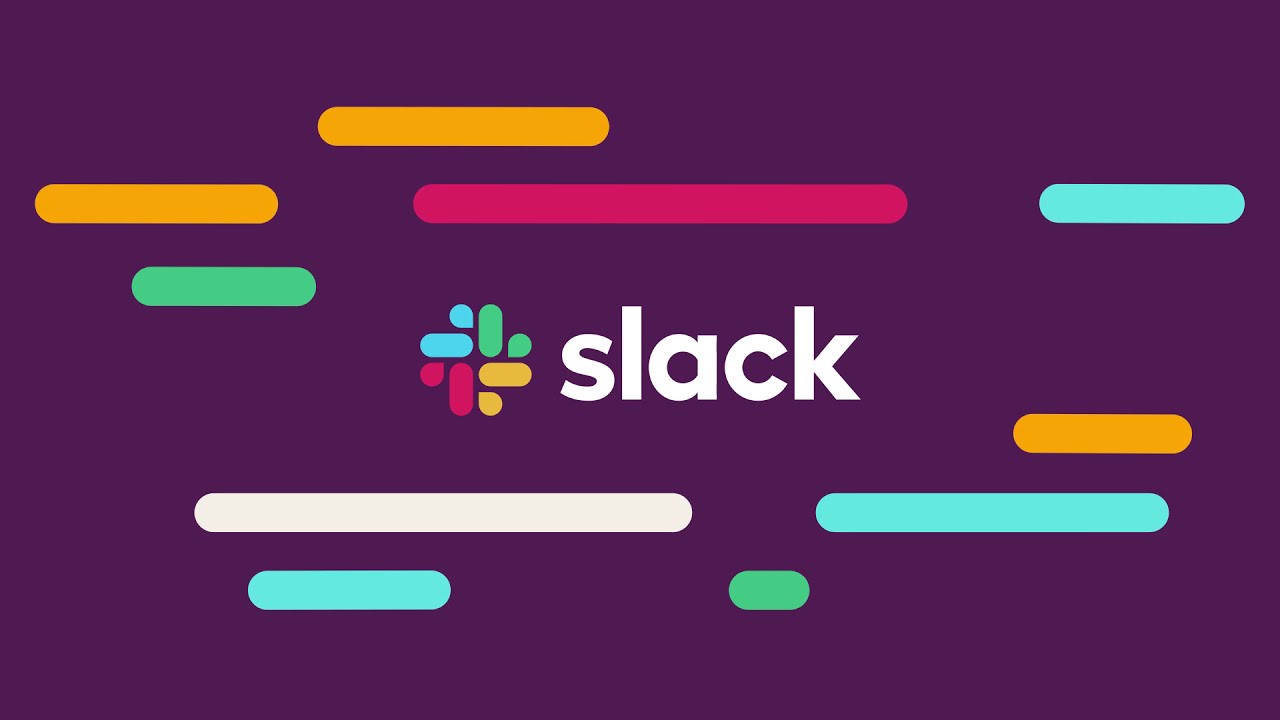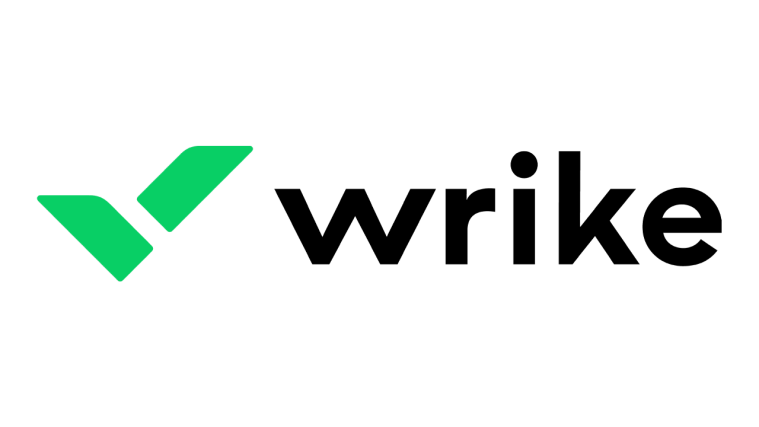Slack: Revolutionizing Team Collaboration and Communication

In today’s dynamic work environment, seamless communication and collaboration are critical to success. Whether you’re part of a small startup or a global enterprise, the tools you use can determine how effectively your team operates. Enter Slack—a platform designed to make teamwork simpler, faster, and more organized. With its array of features, integrations, and intuitive interface, Slack has become a leading tool for modern workplaces, fostering productivity and connectivity.
This article provides a comprehensive introduction to Slack, delving into its features, benefits, integrations, and use cases. Whether you’re new to the platform or exploring advanced functionalities, this guide will highlight why Slack is indispensable for today’s professionals.
Table of Contents
- What is Slack?
- Why Choose Slack?
- Key Features of Slack
- Channels for Organized Communication
- Direct Messaging and Group Chats
- File Sharing and Storage
- Search Functionality
- Integrations with Third-Party Tools
- Workflow Automation
- Voice and Video Calls
- Slack for Remote and Hybrid Work
- Getting Started with Slack: A Step-by-Step Guide
- Slack Pricing Plans
- How Slack Compares to Competitors
- Integrations: Extending Slack’s Capabilities
- Use Cases Across Industries
- FAQs About Slack
- Conclusion: Why Slack is Essential for Modern Workplaces
What is Slack?
Slack is a cloud-based collaboration platform designed to streamline communication and teamwork. Initially launched in 2013, Slack has grown into one of the most popular tools for businesses of all sizes. Its primary goal is to replace traditional email systems with a more efficient, real-time communication hub where teams can:
- Collaborate on projects.
- Share files and information.
- Integrate with other essential business tools.
With features tailored for modern workflows, Slack is an all-in-one platform that empowers teams to stay connected, productive, and organized.
Why Choose Slack?
Slack is more than just a messaging app—it’s a comprehensive collaboration hub that offers the following benefits:
- Improved Team Communication
Slack ensures real-time conversations across teams, eliminating the delays often associated with email. - Centralized Information
All discussions, files, and updates are stored in one place, making it easy for teams to access information. - Customizable Workflows
With integrations and automation features, Slack adapts to your team’s unique needs. - Scalable for All Sizes
From small startups to large corporations, Slack scales effortlessly to meet the demands of diverse organizations. - Seamless Remote Work
Slack is optimized for distributed teams, ensuring collaboration regardless of location.
Key Features of Slack
1. Channels for Organized Communication
Slack’s channels allow teams to organize conversations by topic, project, or department. Channels can be:
- Public: Open to everyone in the workspace.
- Private: Restricted to specific members.
This structure reduces clutter and ensures relevant information reaches the right people.
2. Direct Messaging and Group Chats
In addition to channels, Slack enables direct one-on-one messaging and small group chats, ensuring quick and focused discussions.
3. File Sharing and Storage
Slack supports seamless file sharing, allowing users to upload documents, images, videos, and more. Files are stored and searchable within Slack, making collaboration effortless.
4. Search Functionality
The robust search feature helps users find messages, files, and conversations quickly, even across multiple channels and threads.
5. Integrations with Third-Party Tools
Slack integrates with over 2,000 apps, including Google Workspace, Microsoft Office 365, Asana, Trello, and more. These integrations streamline workflows and reduce the need to switch between tools.
6. Workflow Automation
Using Slack’s Workflow Builder, teams can automate repetitive tasks, such as:
- Approvals and requests.
- Notifications.
- Scheduling messages.
7. Voice and Video Calls
Slack offers built-in voice and video calling capabilities for individual and group meetings. Its screen-sharing feature enhances collaboration during discussions.
Slack for Remote and Hybrid Work
Slack has become a cornerstone for remote and hybrid work models, offering:
- Real-Time Communication: Ensure instant connection among distributed teams.
- Async Workflows: Facilitate time-zone-friendly updates and task management.
- Virtual Collaboration Spaces: Replace physical office spaces with digital channels.
Getting Started with Slack: A Step-by-Step Guide
- Create a Workspace: Sign up on Slack’s website and set up your workspace.
- Invite Team Members: Add colleagues and assign roles as needed.
- Set Up Channels: Organize communication based on projects or teams.
- Integrate Apps: Connect Slack with your existing tools for enhanced functionality.
- Start Collaborating: Share messages, files, and updates to begin productive collaboration.
Slack Pricing Plans
Slack offers several pricing tiers to accommodate businesses of all sizes:
- Free Plan: Ideal for small teams and individuals.
- Pro Plan: Enhanced features for growing teams.
- Business+ Plan: Advanced tools for larger organizations.
- Enterprise Grid: Custom solutions for global enterprises.
For detailed pricing, visit Slack’s pricing page.
How Slack Compares to Competitors
While competitors like Microsoft Teams and Zoom offer overlapping functionalities, Slack stands out with its:
- Extensive app ecosystem.
- Intuitive interface.
- Focus on asynchronous and real-time communication.
Integrations: Extending Slack’s Capabilities
Slack integrates with popular tools like:
- Google Drive: For easy file sharing.
- Jira: For project tracking.
- Zendesk: For customer support management.
Explore more integrations on Slack’s apps directory.
Use Cases Across Industries
1. Technology Companies
Streamline product development with channels dedicated to coding, design, and QA.
2. Marketing Teams
Collaborate on campaigns, track deliverables, and measure results in one place.
3. Education
Facilitate communication between faculty, students, and administrators.
4. Customer Support
Provide instant support and track customer inquiries efficiently.
FAQs About Slack
Q: Is Slack secure?
Yes, Slack offers enterprise-grade security with data encryption and compliance certifications.
Q: Can Slack be used for personal projects?
Absolutely. Slack’s free plan is perfect for organizing personal projects or small teams.
Q: Does Slack support video conferencing?
Yes, Slack includes voice and video calling features, along with screen sharing.
Conclusion: Why Slack is Essential for Modern Workplaces
Slack is a game-changing tool for communication and collaboration. With its robust features, extensive integrations, and user-friendly design, it empowers teams to work smarter, not harder.
Whether you’re managing a small team or a global enterprise, Slack offers the tools you need to enhance productivity, streamline workflows, and foster meaningful connections. Explore Slack today and experience the future of teamwork!






